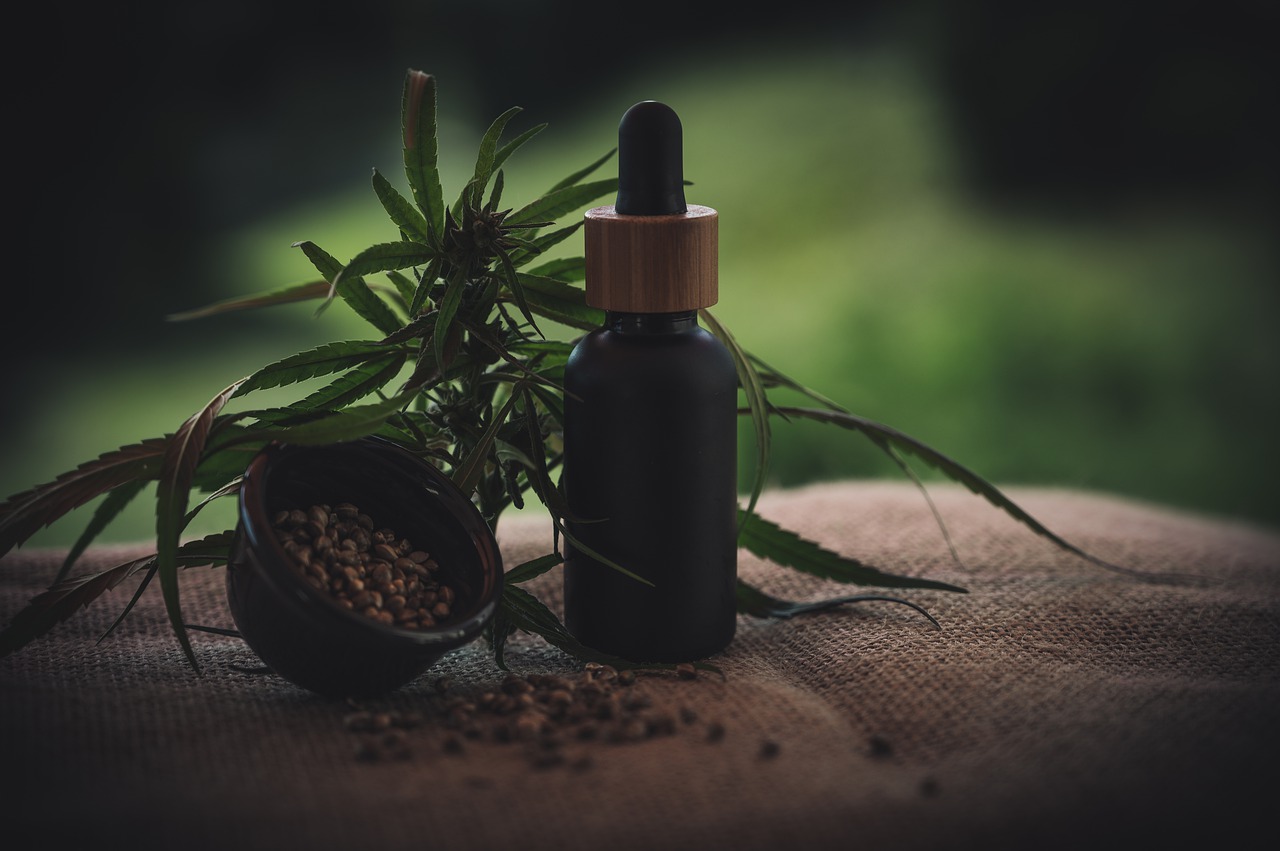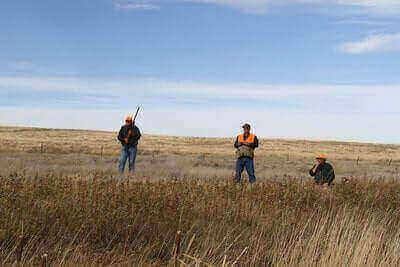
In 2009, several high-CBD cannabis varieties were accidentally discovered in Northern California. They began to be used by some groups of patients. So began a grandiose laboratory experiment on the treatment of many diseases of cannabis rich in CBD.
The emergence of CBD-fortified oil as a treatment for the general public has changed the nationwide opinion on hemp. Currently, the question is not whether medical marijuana works. Today, the key question is how to use hemp for maximum therapeutic benefits.
It is becoming widely popular and it is being sold in popular stores like hoja and a lot of others. Let’s learn how it’s beneficial for you and how you can make the most out of it for your health.
Table of Contents
What is CBD
Cannabidiol or CBD is not a psychoactive component of hemp with tremendous therapeutic potential. It causes a real stir among scientists, medical workers and patients who use CBD-rich products to treat a wide range of conditions – chronic pain, cancer, Crohn’s disease, diabetes, rheumatoid arthritis, PTSD, cardiovascular diseases, anxiety, antibiotic-resistant infections, multiple sclerosis, schizophrenia and more.
Academic research centers in the United States and other countries are currently studying the effects of CBD on these and other diseases. Scientists call cannabidiol a “promiscuous” compound because it gives therapeutic effects in various ways. Extensive preclinical studies and some clinical studies have shown that CBD has strong antioxidant, anti-inflammatory, anticonvulsant, antidepressant, antipsychotic, antitumor and neuroprotective properties. Cannabidiol can alter gene expression and remove beta-amyloid plaque, a hallmark of Alzheimer’s disease, from brain cells.
Which is better: CBD or THC?
Cannabidiol and THC (tetrahydrocannabinol) are a powerful pair in cannabis therapy; they work best together. CBD and THC interact synergistically to enhance each other’s healing qualities. CBD enhances the analgesic and anticancer properties of THC while reducing psychoactivity. CBD can also alleviate the adverse effects caused by too much THC, such as anxiety and heart palpitations. When both compounds are present in sufficient quantities in the same hemp variety or product, cannabidiol reduces the maximum required dose of THC, increasing the duration of its action. (“Relaxing, but not heady” is how one patient described cannabis rich in CBD.) CBD is expanding the range of cannabis-treatable conditions, such as liver disease, cardiovascular and metabolic disorders, which may be less sensitive to THC-dominant drugs. CBD and THC stimulate neurogenesis, the creation of new brain cells in adult mammals.
What is the best way to receive CBD?
The time of onset and the duration of the effect vary depending on the route of administration. Cannabis oils can be taken sublingually, orally (as food, lozenges, drinks, tinctures and gel capsules) or applied topically. Concentrated extracts can also be heated and inhaled with the help of a wiper. Inhalation is useful for treating acute symptoms that require immediate effect (within a minute or two and usually lasts a couple of hours). The effect of an orally administered cannabis product with a high CBD content can last for four or more hours, but the onset of the effect is much slower (30-90 minutes).
How to choose for yourself the ratio of CBD: THC
Cannabis therapy is a personalized medicine. There is no single ratio, variety or product suitable for everyone. You will have to choose the combination of CBD and THC for yourself individually, choosing varieties and concentrations of cannabinoids and terpenes. Human sensitivity to THC is a key factor in determining the appropriate ratio and dosage. Many people like the high THC content of cannabis and they can consume reasonable amounts of any hemp product. Others find tetrahydrocannabidiol unpleasant and try to reduce its intake to a minimum. CBD can reduce or neutralize the intoxicating effect of THC, so in such cases it is better to take products where the concentration of cannabidiol is higher than THC.
But a low THC drug is not always the most effective treatment option. Patients of all ages need access to a wide range of hemp products, not just high CBD. Essentially, the goal is to administer sequential, measurable doses of a CBD enriched drug that includes as much THC as a person is comfortable with.
THC: CBD ratios for certain conditions
The more people start using cannabinoids in the treatment of their diseases, the more experience accumulates and similar patterns and relationships begin to appear in the treatment of certain diseases.
With regard to anxiety, depression, convulsions, psychoses, and seizures, many people report that they are succeeding with a small dose of a CBD-rich drug with a small amount of THC. Some say that with cancer, autism, and many other diseases, they benefit more from a balanced ratio of CBD to THC. Extensive clinical trials conducted outside the United States have shown that a 1: 1 ratio of CBD to THC can be effective in neuropathic pain.
Note. The CBD: THC ratio is not an indicator of how much cannabidiol or tetrahydrocannabidiol is present in a given cannabis product or variety. Some people use cannabis products with different ratios of CBD: THC at different times of the day (more CBD in the daytime, more THC at bedtime). Almost any cannabis variety or product can theoretically benefit a large number of autoimmune and inflammatory diseases, since THC and other cannabis components activate CB2 cannabinoid receptors that regulate the human immune system.
What is the optimal dosage of CBD?
An effective dose can range from a few milligrams of CBD enriched oil to a gram or more. Start with a small dose of oil that is high in CBD and low in THC, especially if you have little or no drinking experience. Take several small doses throughout the day, rather than one large. Use the same dose and ratio for several days. Observe the effects and adjust the ratio or quantity if necessary. Do not overdo it. Cannabinoids have two-phase properties – low and high doses of the same substance can cause opposite effects. Small doses of cannabis tend to stimulate; large doses have a sedative effect. Too much THC can increase anxiety and mood swings. CBD has no side effects, but an excessive amount of CBD may be less therapeutically effective than a moderate dose. Less is more is often the case with cannabis therapy.
What to look for when choosing a product with CBD?
Look for products with clear labels showing the quantity and ratio of CBD to THC per dose, date of manufacture, and batch number (for quality control). Choose products with quality ingredients: no corn syrup, trans fats, GMOs, artificial additives, thinners or preservatives. Products must be checked for conformity and for the absence of mold, bacteria, pesticides, solvent residues and other contaminants. It is best to avoid products extracted with toxic solvents such as butang, propane, hexane or other hydrocarbons. It is better to use safer extraction methods such as supercritical CO2 or food ethanol







